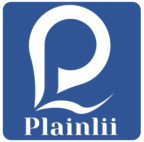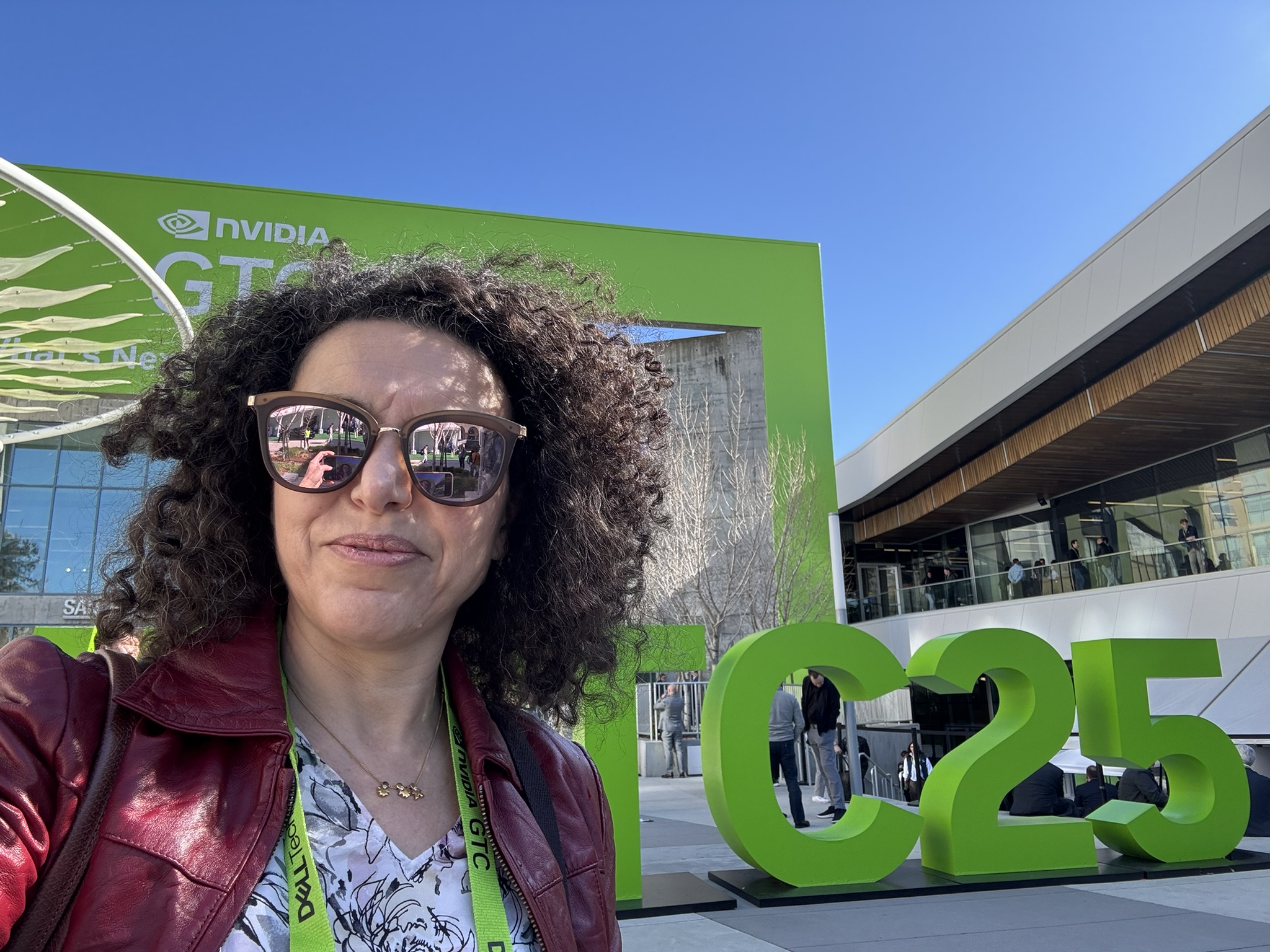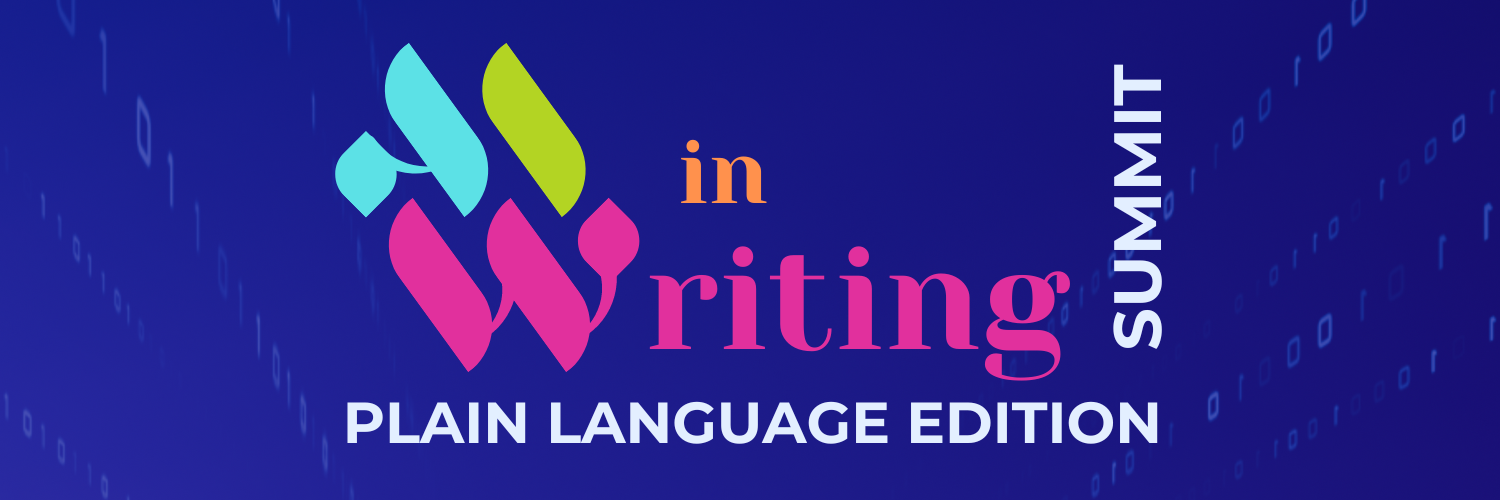In 2014, the EU approved a regulation for the mandatory provision of plain language summaries of all clinical trials with ties to the EU. Five years later, the regulation is almost ready for implementation after a lot of hard work (particularly setting up the web portal https://www.ema.europa.eu/en/human-regulatory/research-development/clinical-trials/clinical-trial-regulation and debugging reporting functionality.)
In a white paper titled “Successfully Authoring and Translating Plain Language Summaries,” Lionbridge provides a lot of useful information about how to develop and localize clinical trial summaries in plain language. However, Lionbridge got something very wrong. The image above, used to explain plain language summaries in their white paper, shows how Lionbridge pits science writing against plan language. But, science language and plain language are NOT linguistic opposites. Clarity and elegance are the goal in both technical and lay communication.

The antagonist view in Lionbridge’s white paper perpetuates the misconception that science is obscure. Nothing is further from the truth. Science is about transparency, about sharing ideas, methods, and results in valid and replicable ways.
Construing plain language in this way also perpetuates the misconception that plain language is solely about engaging low literacy or disabled readers. Plain language is about clarity, about sharing ideas, explanations, and opinions in logical and coherent ways, no matter who the audience is.
Yes, attention to the audience is one of the pillars of plain language, that’s where adequacy strategies come in: adapting a message for specific purposes and readerships. But plain language is also about textuality: building meaning in the most coherent, succinct, clear, and complete way possible. Textuality applies to all types of text. And while we’re at it, plain language also includes accessibility strategies to help with text is written for readers with disabilities, both physical or cognitive.

Plain language initiatives emerged to address the gobbledygook of bureaucratic and legalistic jargon and verbosity. In the public sector, plain language streamlined citizen access to government information about social benefits. In the private sector, plain language ensured consumer access to information about the safety and quality of products and services. Those were foundational steps in XX century plain language writing. Today, plain language is required in every field, perhaps particularly in science communications between scientists, with the public, and with our policimakers. The NSF estimates that 50% of major bills contain a major scientific and technical component.
Of course, the push for clarity has a long history. In the XV century, King Henry V advocated for English as plain language when he used it in his official communications, preferring to the French and Latin used by government bureaucrats. In the XII century, King Alphonse the Wise had made the same plea for Spanish. In the very first century of our common era, Quintilian, a Roman educator and rhetorician from Hispania and forefather of modern pedagogy, wrote about clarity with style:
“Do not simply promote understanding, prevent misunderstanding…
And, in matters of style, indulge in elegance,
for a writer wins but trivial praise if he gives no more than clarity:
his text seems free from weakness rather than full of strength.”
No one in the plain language community will tell you that plain language is restricted to a certain audience, purpose, or genre. Plain language is about clearing things up, everywhere. Plain language is not a list of dos and donts to mask symptoms. Plain language is an approach to communication for every audience, purpose, and genre. When I teach, I call this approach Plain Language 2.0, to emphasize the idea that a simplistic view of plain language is a disservice to clear communication.
It is true that a great deal of scientific writing is incomprehensible even to specialists in the discipline. Science (and other) writers may draft obscure text on purpose in search of prestige or deception. That is not true scientific writing, it is deceiving writing. Obscure writers mask their own ignorance with meaningless fanfare or try to avoid criticism with convoluted text. Nothing lends itself to discussion better than a clearly expressed thought. Inexperienced writers, too, use confusing syntax and vocabulary to give an appearance of intelligence. Unfortunately, voluntary gibberish has two equally dangerous consequences: bad ideas survive under the cloak of gibberish and good ideas perish.
So, no, scientific writing and plain language are not linguistic opposites. Obscure scientific writing is simply a token of non-plain writing, and, as with all obscure language, we must counteract it with clarity.
I include two examples of texts about the same topics, one written for experts and the other one for lay audiences. You will see that in each case, the obscurity does not stem from complex words or structure alone. It also stems from faulty grammar, mismatched temporal references, and poor logical connections.
Please, help me spread the word: Plain language is for everyone, laymen and specialists alike!








